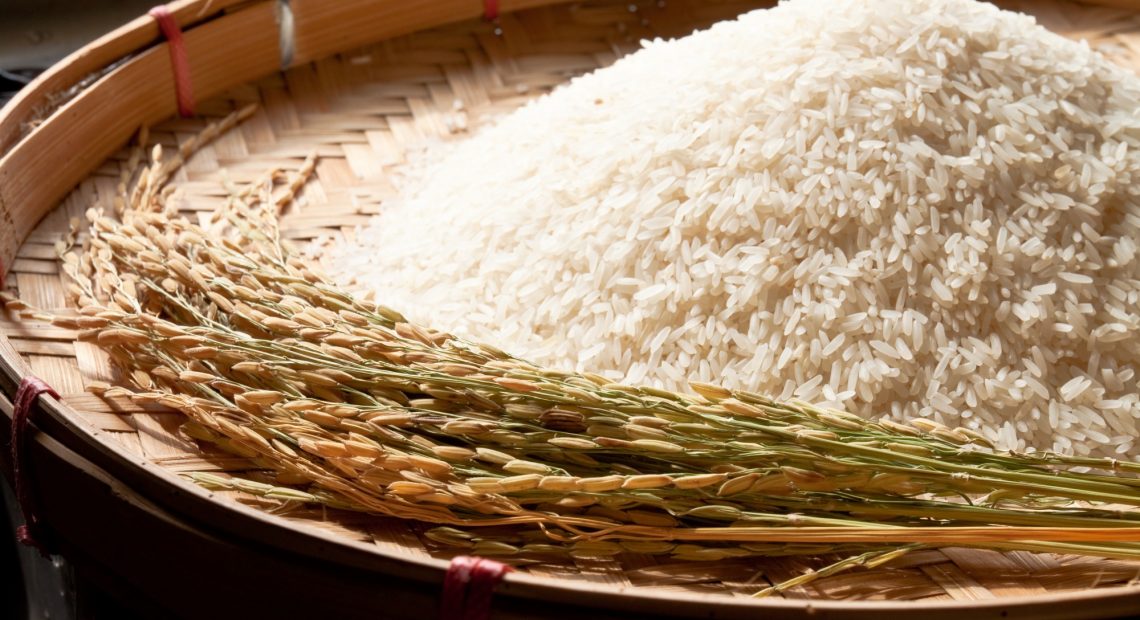
US Rice Found High in Arsenic, Indian Basmati Among Safest: Report
A new food safety report has raised serious concerns over the arsenic content in rice consumed in the United States. According to independent testing by consumer health groups, rice grown in the US contains significantly higher levels of inorganic arsenic, a toxic heavy metal linked to cancer and developmental issues. In contrast, Indian basmati and Thai jasmine rice were found to be among the safest choices globally.
US-Grown Rice Contains Unsafe Arsenic Levels
The report reveals that nearly 25% of US rice samples tested exceeded 100 parts per billion (ppb) of inorganic arsenic—a level considered unsafe by food safety experts. On average, most US rice samples recorded arsenic levels around 85 ppb, making them one of the highest globally. Inorganic arsenic is a Class I carcinogen, and consistent exposure has been linked to heart disease, cancer, and cognitive delays in children.
Indian Basmati and Thai Jasmine Rice Show Lower Arsenic
Rice sourced from India and Thailand, particularly Indian basmati and Thai jasmine varieties, showed considerably lower arsenic levels. Indian basmati rice averaged about 61 ppb, roughly 30% lower than American-grown rice. This makes Indian basmati one of the safest options available to consumers, especially for children, infants, and pregnant women who are more vulnerable to toxic exposure.
Health Risks and Vulnerable Populations
Prolonged exposure to inorganic arsenic can lead to serious health consequences. Studies have shown that even small, consistent doses over time can increase the risk of cancers (especially bladder, lung, and skin), type 2 diabetes, and impaired brain development in infants and young children. Public health experts warn that infants fed arsenic-contaminated rice cereal are at particularly high risk.
How to Reduce Arsenic Exposure in Daily Diet
To protect against arsenic intake, food safety experts suggest:
- Opting for safer rice varieties like Indian basmati or California-grown rice.
- Diversifying grains by including quinoa, millet, barley, and farro in daily meals.
- Cooking rice using the rinse-and-boil method—boiling rice in excess water (in a 6:1 ratio) and draining it can reduce arsenic by up to 60%.
Policy Recommendations and Regulatory Concerns
Consumer advocates are calling on regulatory agencies to set clear arsenic limits for all rice products, not just baby food. They also highlight that import tariffs of up to 36% on safer rice like Indian basmati and Thai jasmine limit affordability for low-income families in the US. Experts have called for reducing these tariffs and implementing mandatory labeling to help consumers make informed choices.


















